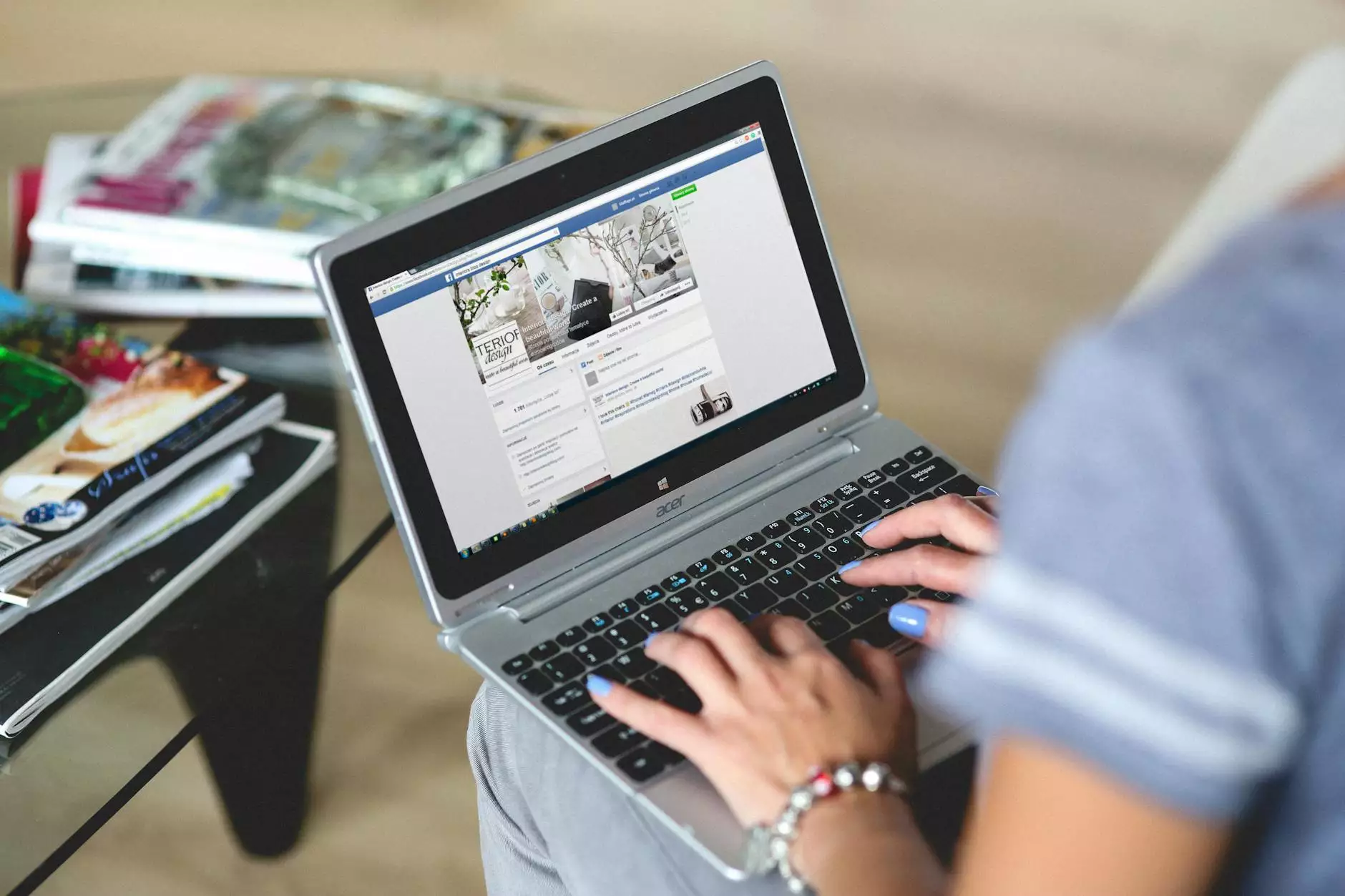How and Why to Install a Favicon
SEO
Introduction
Welcome to Sost Media, your go-to resource for top-notch digital marketing services. In this article, we will dive into the importance of installing a favicon for your website and how it can benefit your online presence.
What is a Favicon?
Before we explore the reasons why you should install a favicon, let's understand what it is. A favicon, short for favorite icon, is a small image or logo that appears next to the website's title in your browser's tab. It helps users identify your website easily among multiple open tabs.
Enhance Brand Identity and Recognition
One of the primary reasons to install a favicon is to enhance your brand's identity and recognition. By using an eye-catching and memorable favicon, you can leave a lasting impression on your website visitors. When your favicon consistently appears across various platforms, it creates a strong visual association with your brand.
Boost User Experience
A well-designed favicon also improves user experience. When users have multiple tabs open, a favicon helps them quickly locate and identify your website. It adds a touch of professionalism and credibility to your online presence, making it easier for users to navigate back to your site.
Establish Trust and Credibility
In the vast digital landscape, trust and credibility are paramount. Installing a favicon on your website shows attention to detail and signifies that you take your online presence seriously. This small visual element can make a significant impact on how users perceive your brand.
Improve Brand Consistency
A favicon is an integral part of your overall branding strategy. By incorporating your logo or a visually distinct image into your favicon, you reinforce brand consistency. When users encounter your favicon across different platforms, it strengthens their association with your brand, creating a sense of familiarity and trust.
Search Engine Optimization (SEO) Benefits
Installing a favicon can also provide SEO benefits for your website. While a favicon itself does not directly affect search rankings, it contributes to a positive user experience. User experience is a key factor that search engines consider when determining website rankings. By improving user experience, you indirectly enhance your SEO efforts.
How to Install a Favicon
Installing a favicon is a straightforward process. Here are the steps:
- Prepare your favicon image: Create a square image, preferably in .png or .ico format, with dimensions of at least 16x16 pixels.
- Rename the image: Save the image as "favicon.png" or "favicon.ico".
- Upload the image: Connect to your website's hosting server and navigate to the root directory.
- Place the image in the root directory: Upload the favicon image to the root directory.
- Add the favicon code: Insert the following code between the tags of your website's HTML code: or
- Save and test: Save the changes, refresh your website, and ensure the favicon is displayed correctly.
Conclusion
In conclusion, installing a favicon is a simple yet impactful step you can take to improve your website's brand identity, user experience, and overall online presence. Don't underestimate the power of this small visual element in leaving a lasting impression on your visitors. Trust Sost Media, the leading provider of digital marketing services, to help you navigate the world of SEO and boost your website's rankings. Contact us today!










